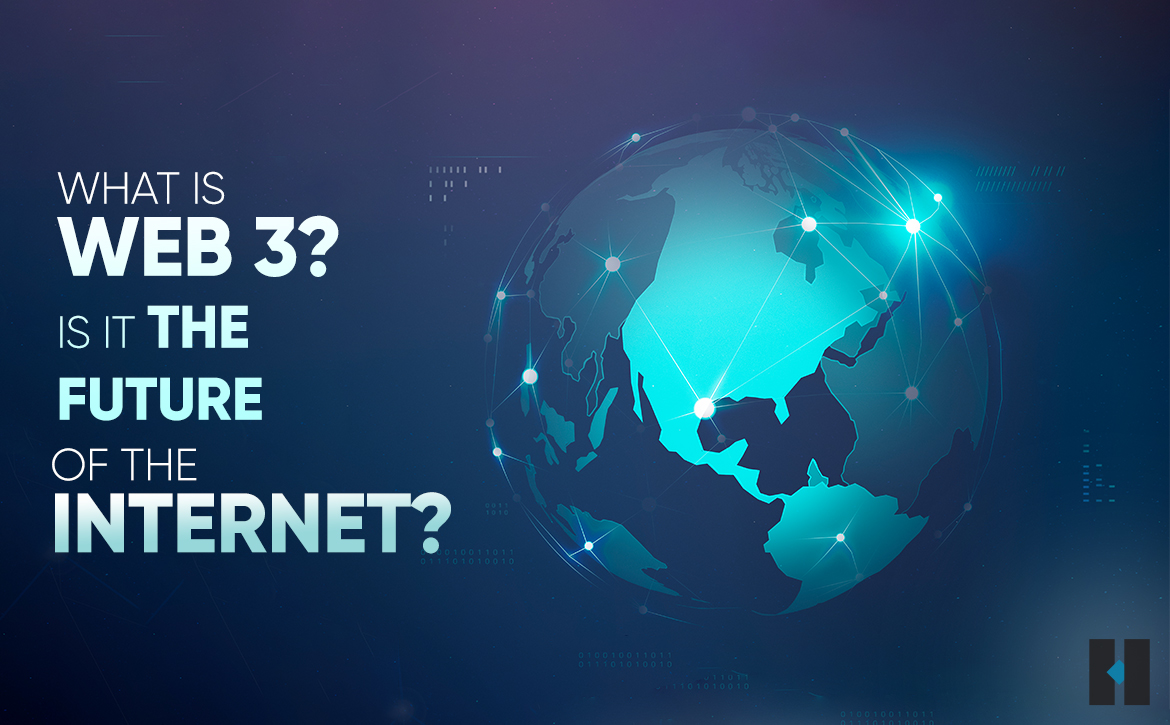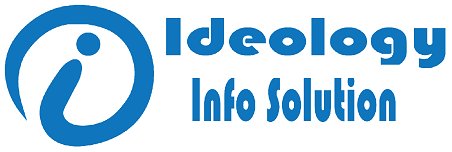What Is Web 3? Is it The Future Of the Internet?

Introduction
Have you ever thought of a form of the web that will not only interpret your input perfectly but also understand what you want to convey better? Are you wondering if it is even possible, then let us tell you, yes. We are at the tipping phase of an entirely new form of Web 3.0. Now, you might be thinking, what is Web 3? There is a long list of the perks of actively using Web 3.0. In this article, we will get to the bottom of web 3.0 s, how it functions, its features as well as the benefits. Stay with us till the end!
What is Web 2.0?
Since the last 15 to 20 years, we have eventually shifted from Web 1.0 to Web 2.0’s social connectivity, interactivity, and user-generated content. Web 2.0 is the recent version of the website built with the aim to highlight
Major Features of Web 2.0
- It facilitates the sorting of information. The users can receive data and classify it as they wish.
- The content displayed to users is responsive to the input provided by users.
- The information uploaded by site owners is churned out by search engines, which is displayed to the end-users. The flow of information goes from publisher to end-users through proper evaluation.
- The APIs developed in Web 2.0 allow self-usage.
What is Web 3.0?
Web 3 meaning is quite simple. Web 3.0 is the evolved form of interaction and utilization of the web, altering the current web into a database form. Unlike Web 2.0, which focuses on the front end of web pages, Web 3.0 focuses and upgrades the back end of the web. The data provided in Web 3.0 is not owned by anyone instead, it is just shared.
The Semantic Web (3.0) is focused on providing information to users in a more relevant way than Google itself. In addition, the new introduction of technologies is expected to make the process smoother and more effective in the long run.
Blockchain is changing the way data is stored and managed. Basically it creates a layer of governance on top of the internet today, popularly known as Web3. This allows two people who are not acquainted with each other to reach and settle agreements online. Take an example of a Web 3 application as a peer-to-peer payment app that works on blockchain. Now rather than using a bank, people could pay for a good or service using a decentralised application (Dapp). But, before a transaction can be finalised, it is first verified by the network and logged in the blockchain’s digital ledger.
Major Features Of Web 3.0
To understand Web 3.0 better, we need to get down to the features of web 3.0 in detail. Below we have curated a list of the essential features that can guide you through the details.
Semantic Web
Now, what does that mean? The semantic web used upgraded technologies to comprehend the meaning of the input provided by the user rather than making decisions based on the keywords. The use of artificial intelligence offers the capacity to distinguish information like human beings. As a result, the results-driven from Web 3.0 is faster and more relevant. Before you get started with major features of web 3, it is suggested to throughly look into myths and facts of Artificial Intelligence.
Data Privacy
In the last couple of years, data privacy has been a top challenge for several countries. One of the crucial features of web 3 is the data privacy of a user. Web 3 brings back the power to the users and makes the web a more secure, open, and flexible platform. In fact, the user can revoke the data they shared anytime. This doesn’t mean that the information doesn’t get shared. There will be transparency of how and where the data is used.
Ubiquitous
In Web 3.0, the internet will be accessible to everyone, regardless of location and time. Unlike web 2.0, the limitation of connectivity will no longer be bound to smartphones and computers. The introduction of IoT enables the development of entirely new types of gadgets altogether.
Conclusion
We hope you have got a thorough understanding of Web3.0 Technologies. Web 3.0 is in many ways better than web 1 and web 2, not in terms of advancement of technology but also in a healthy way that satisfies its users. Eventually, web 3 is making its way into our daily lives, and there is no denying that web 3 is the vision for the future!
